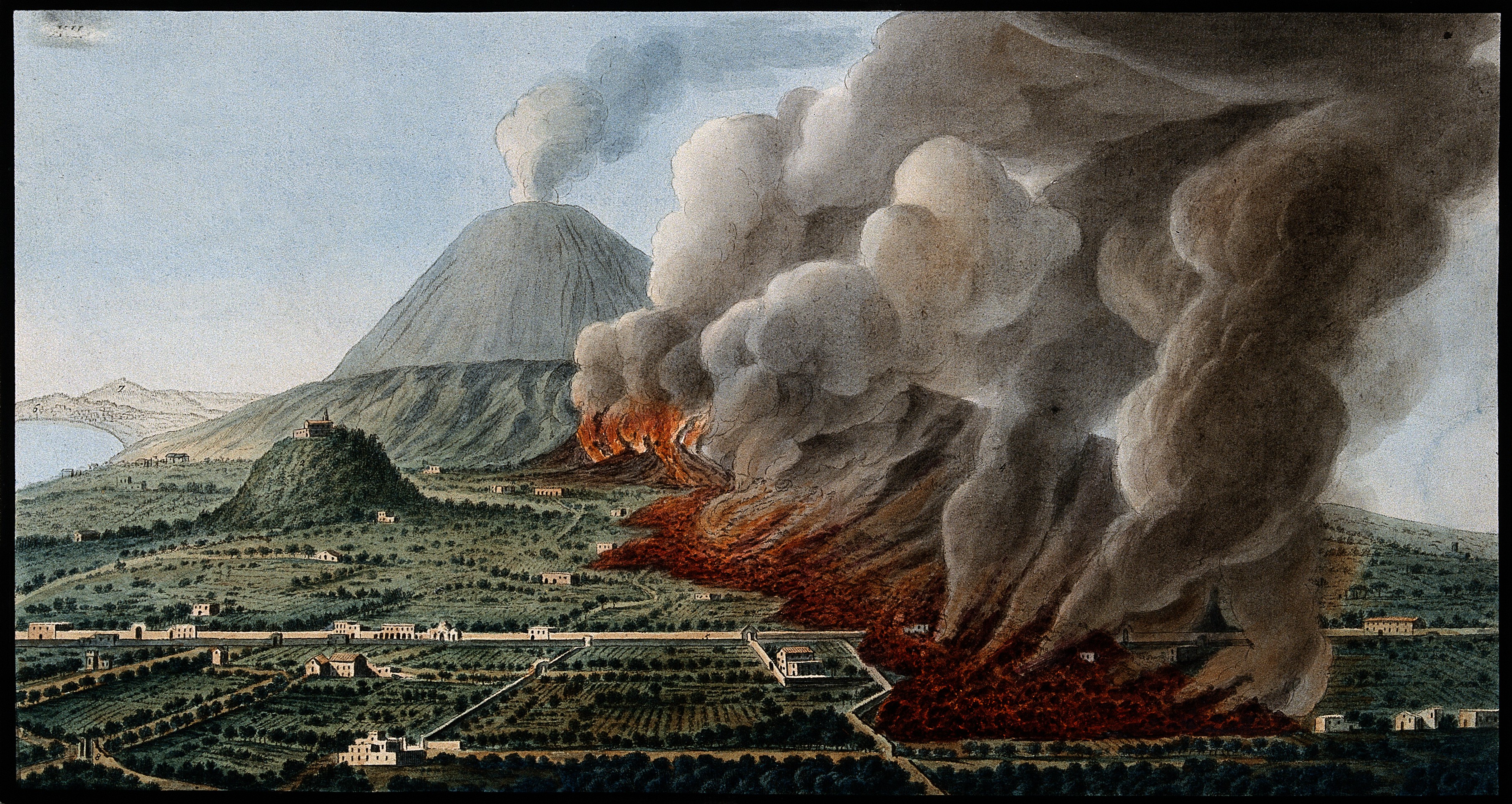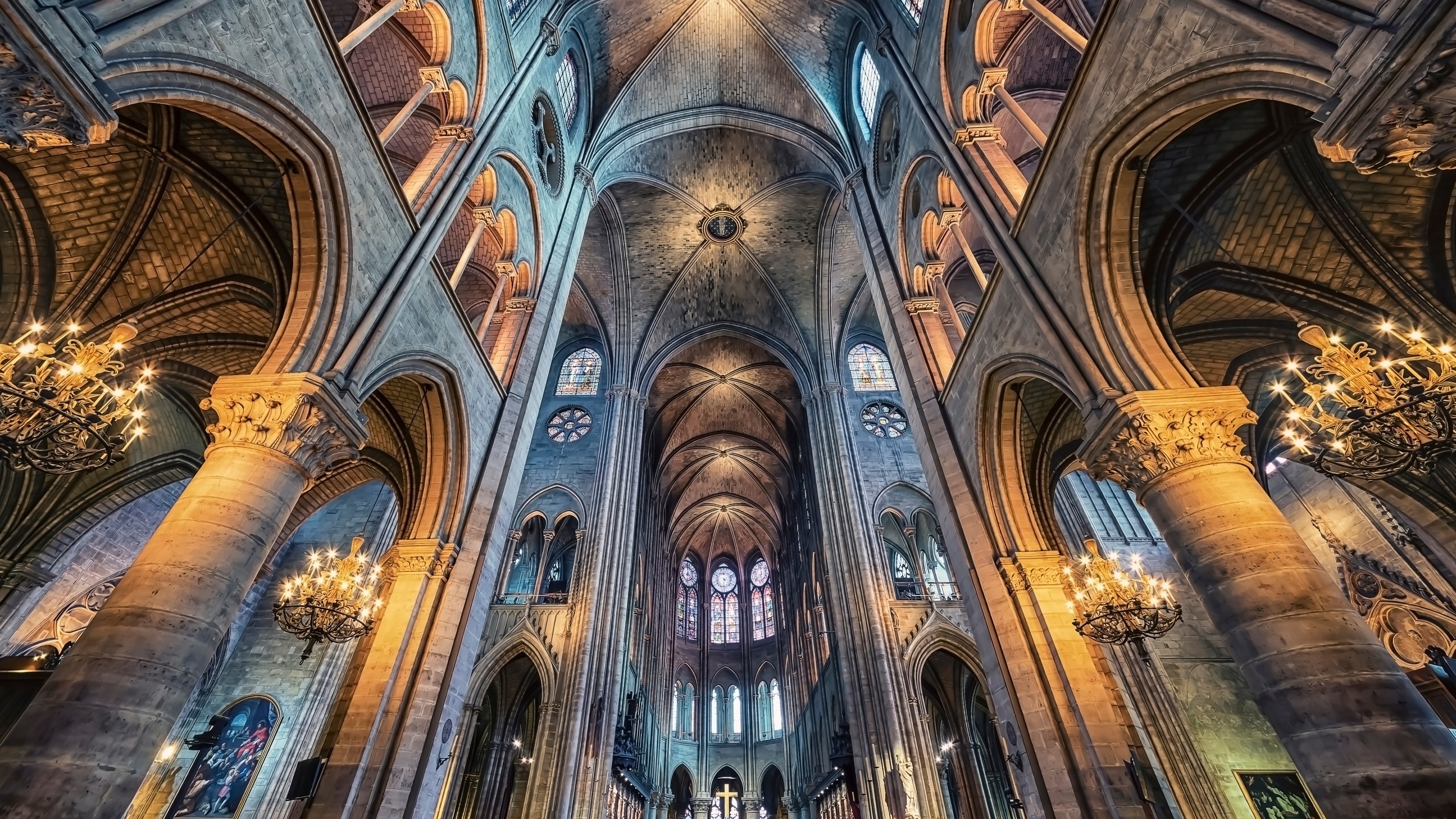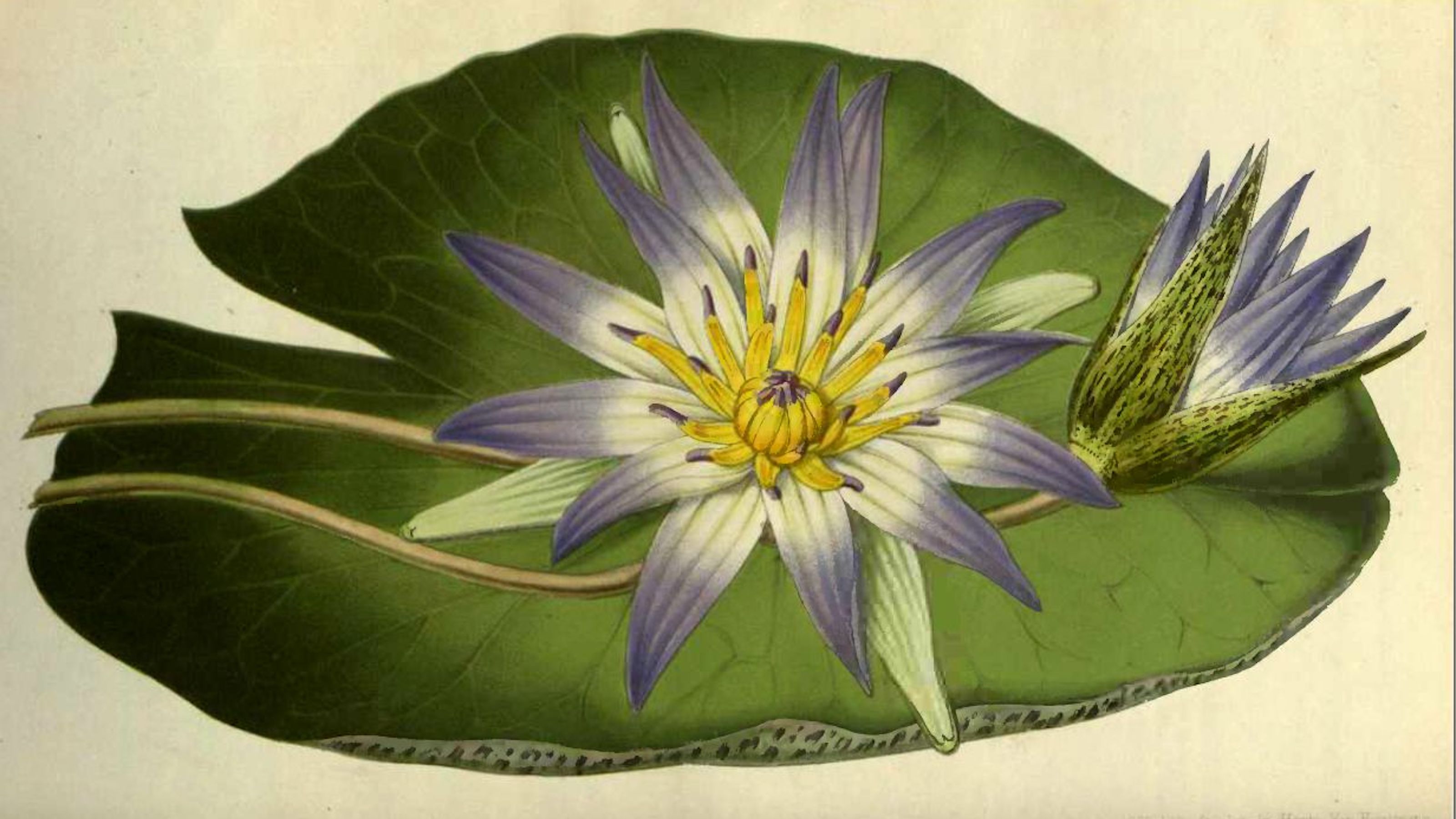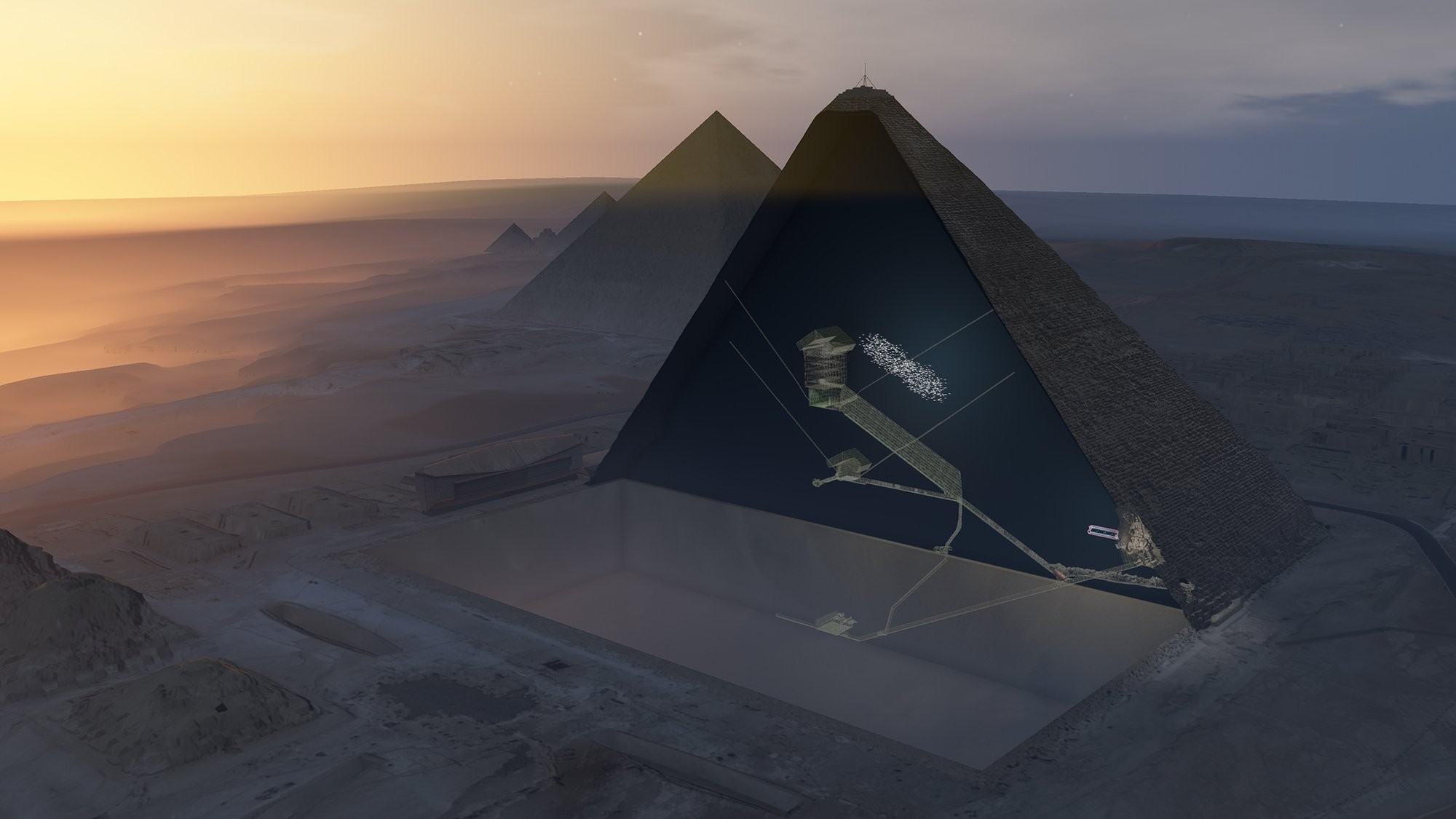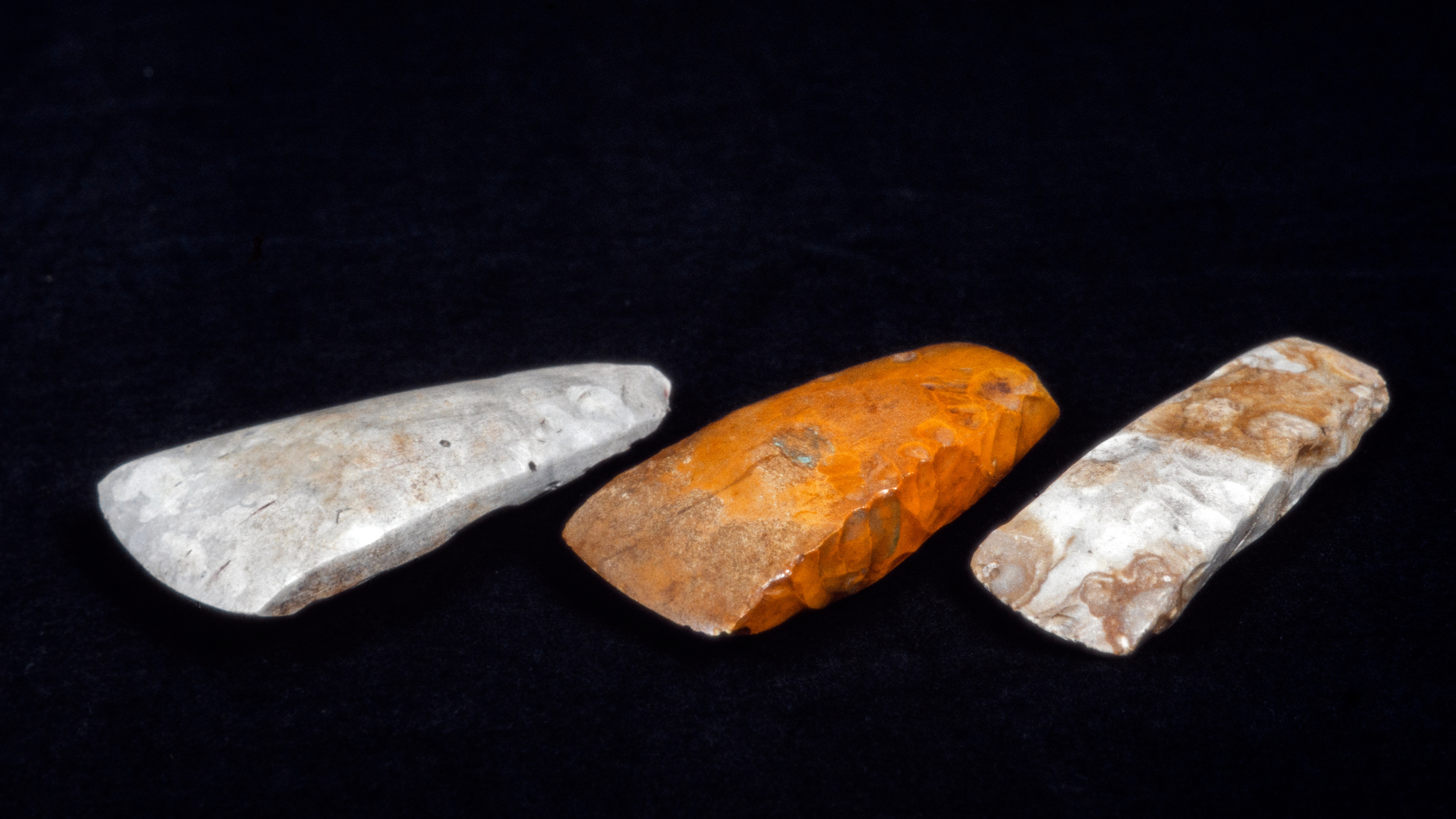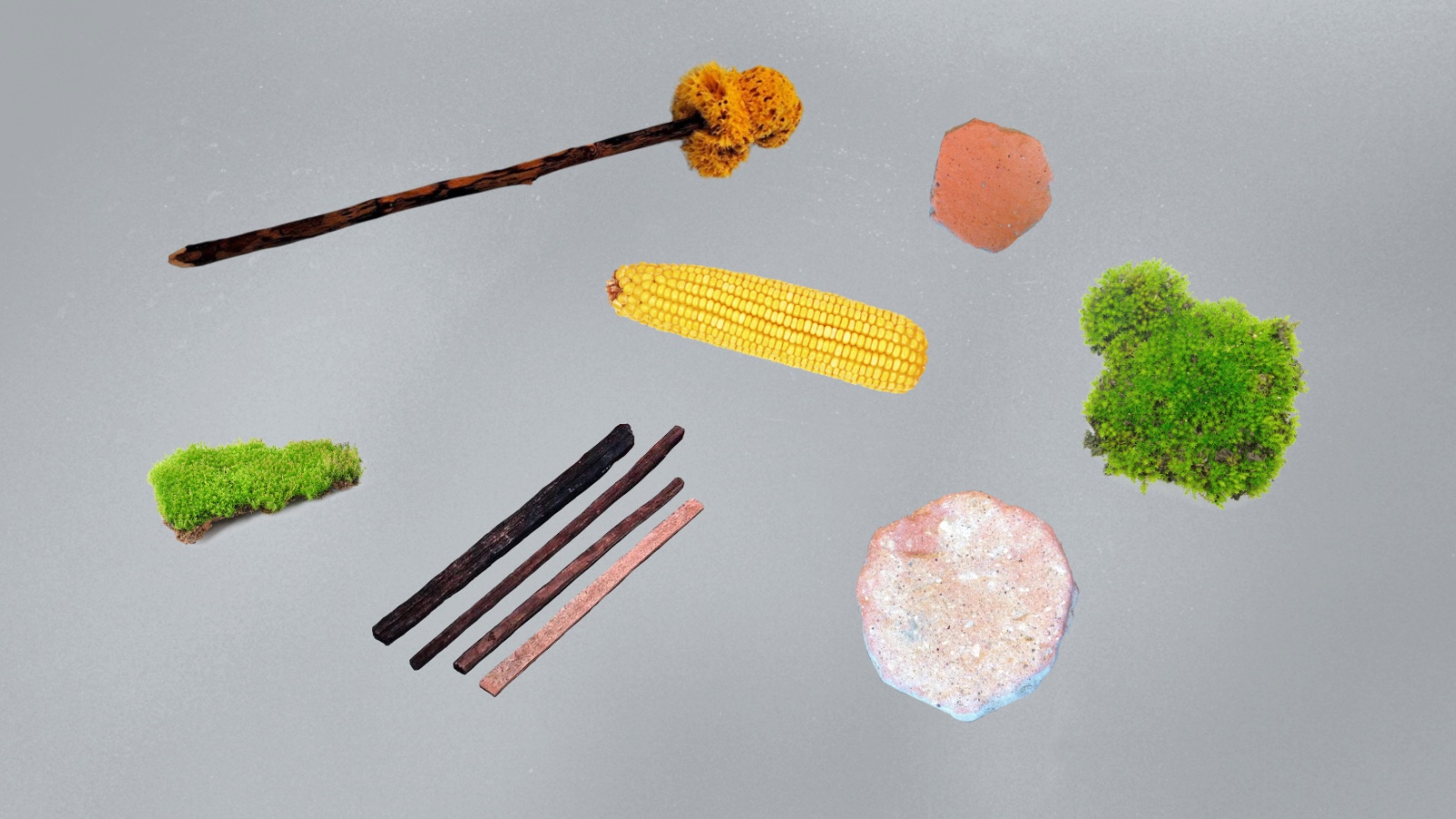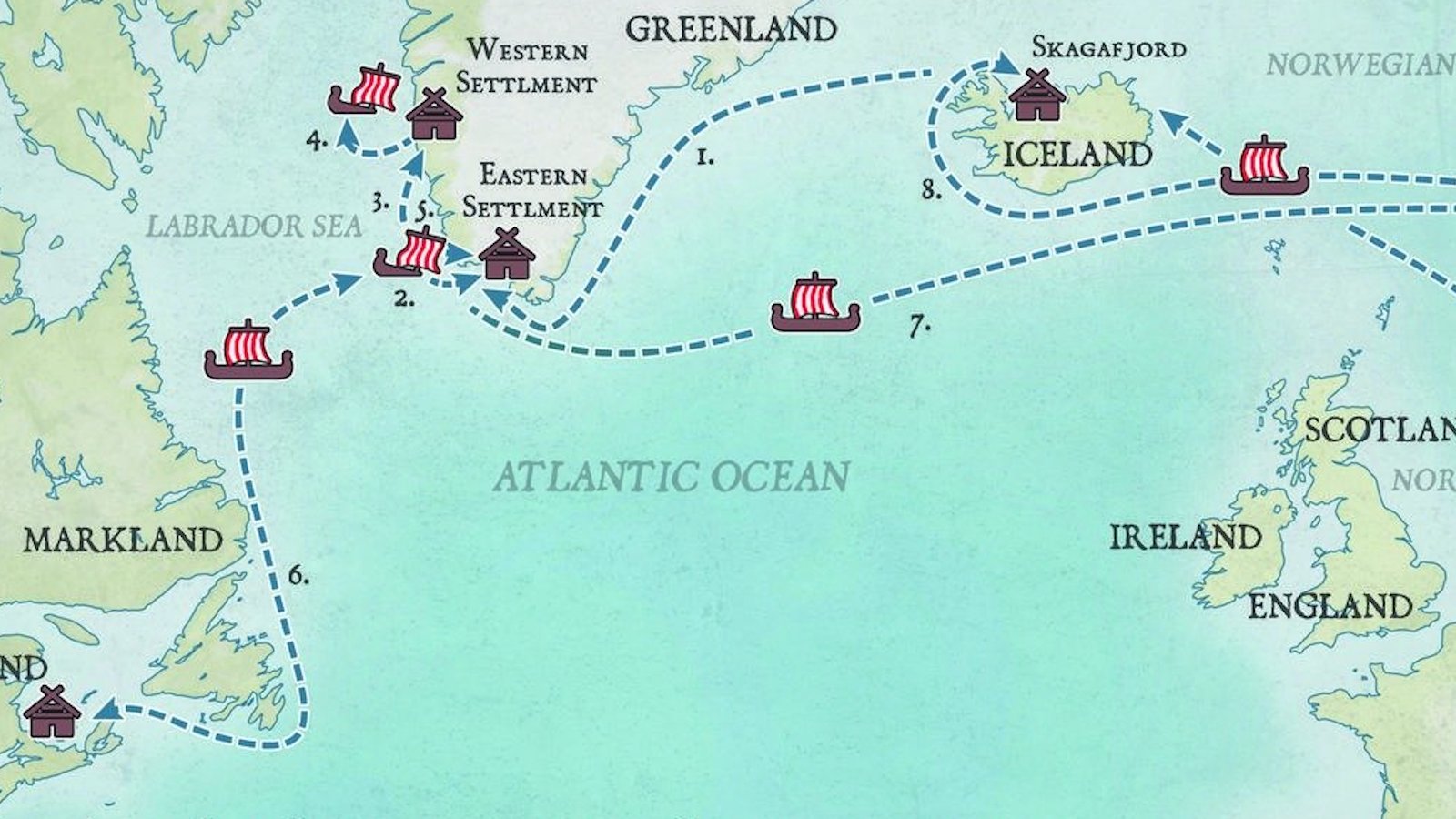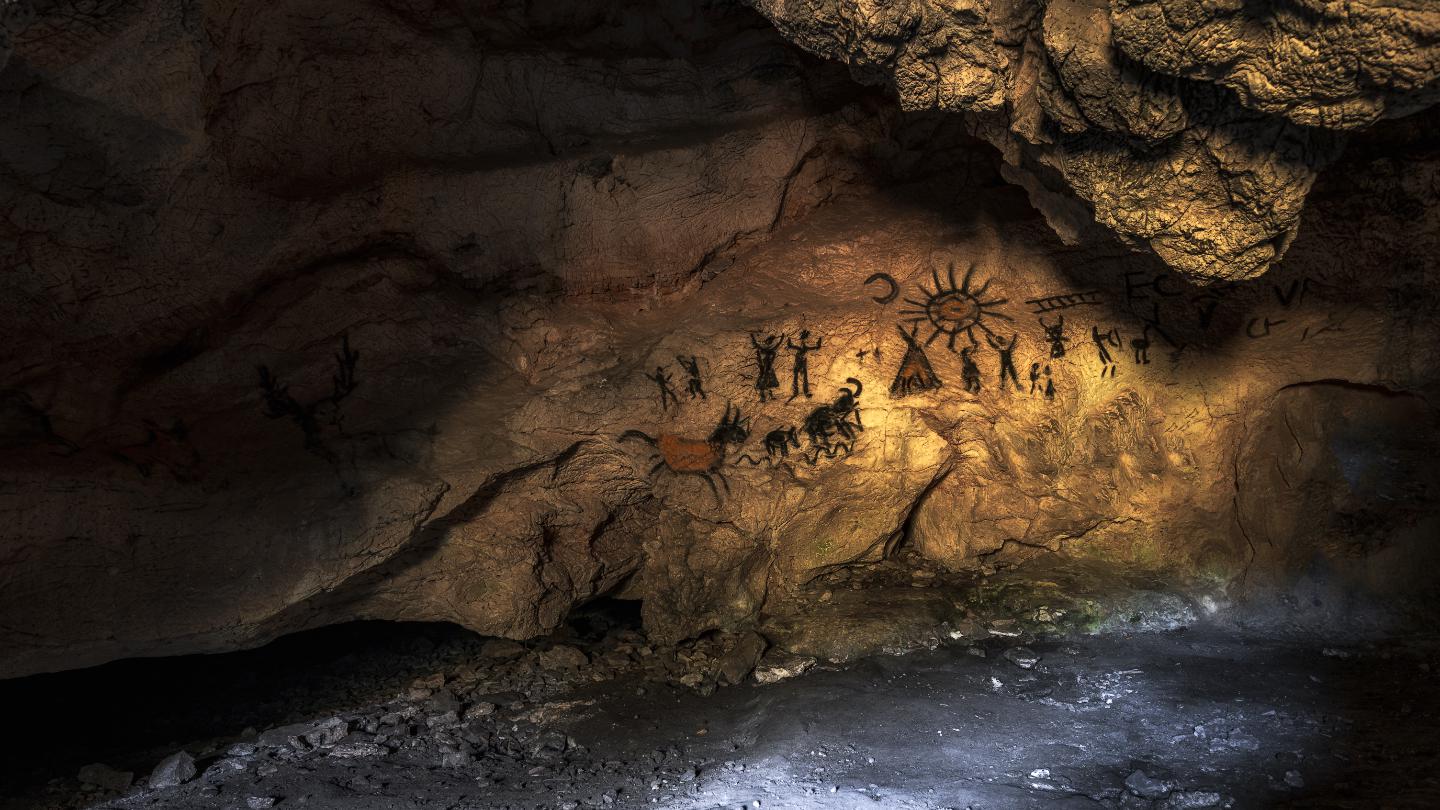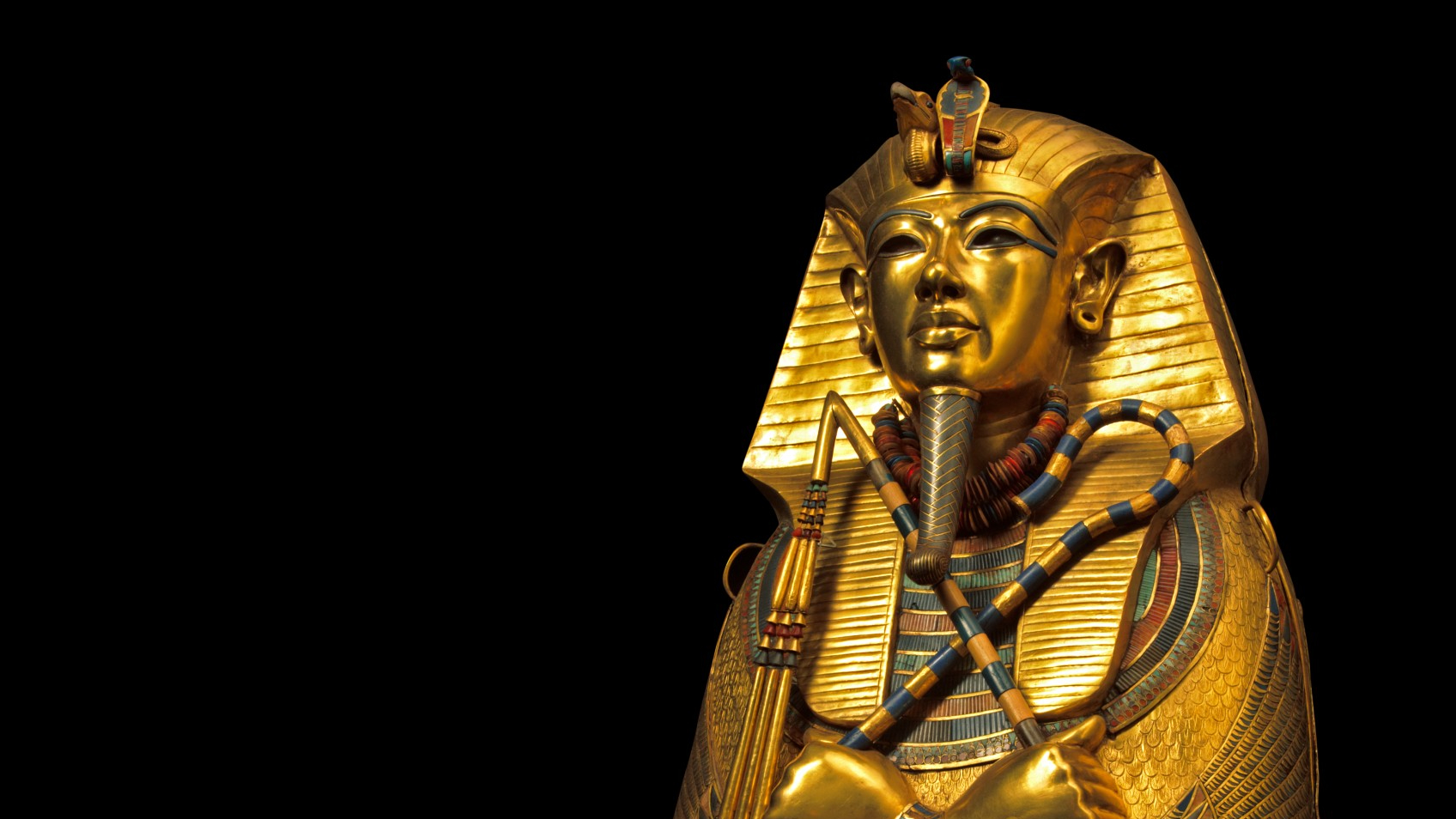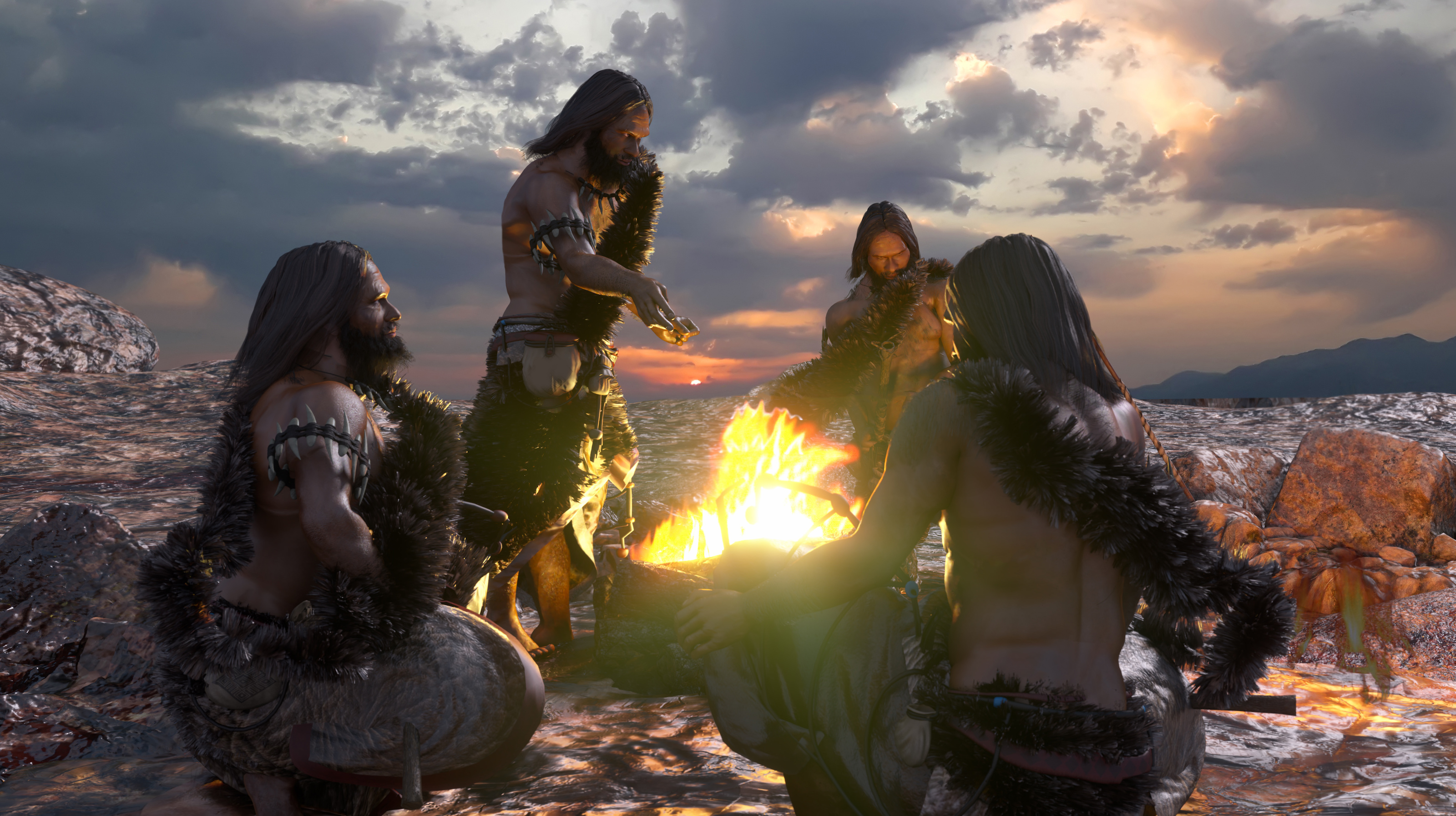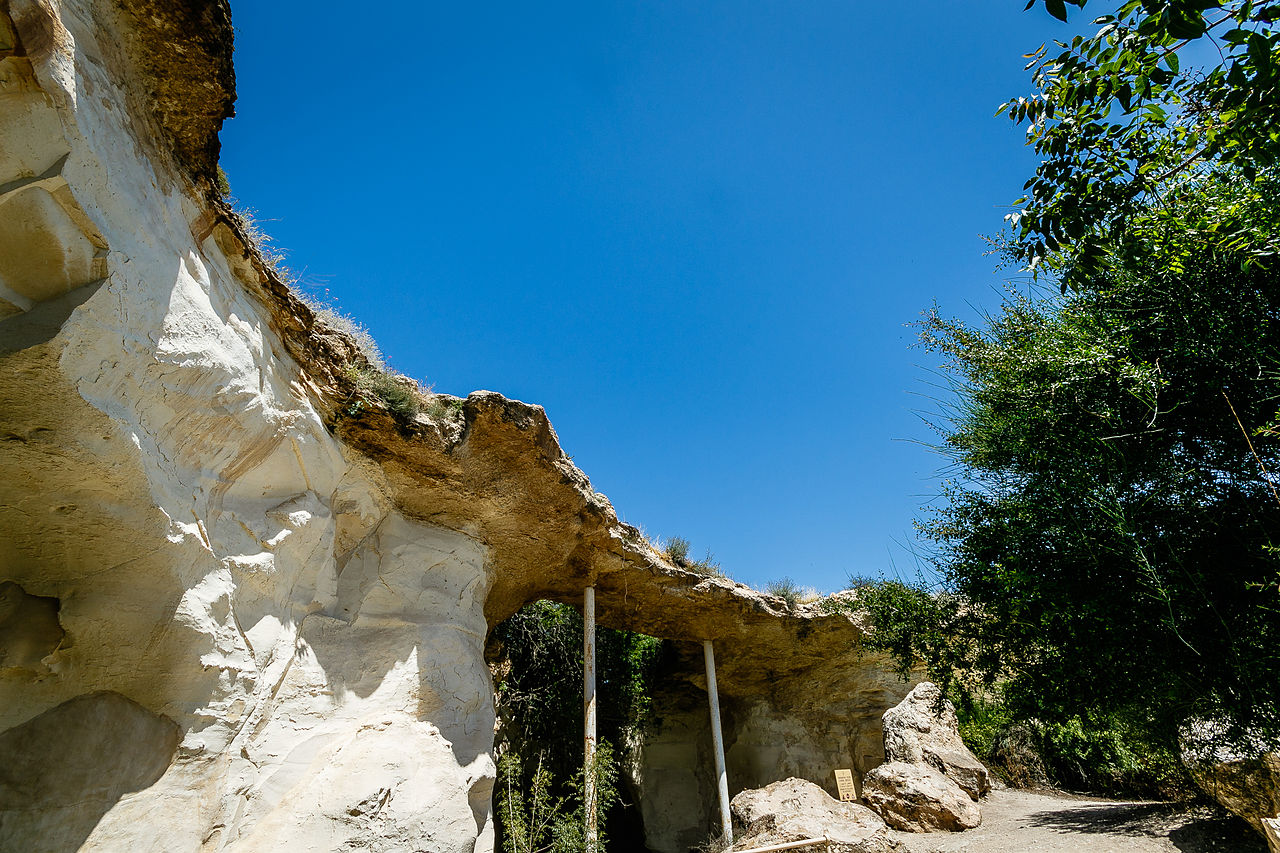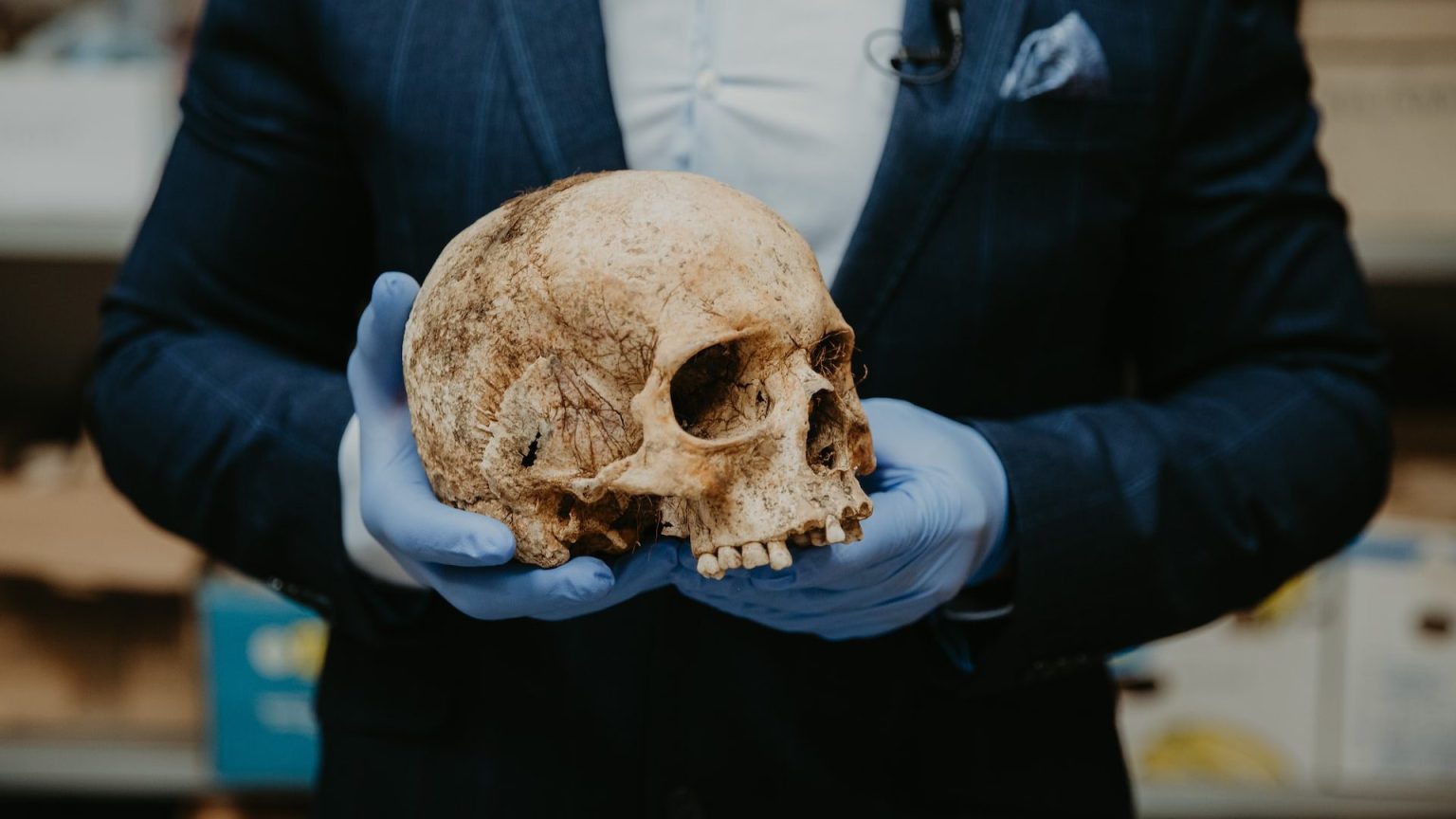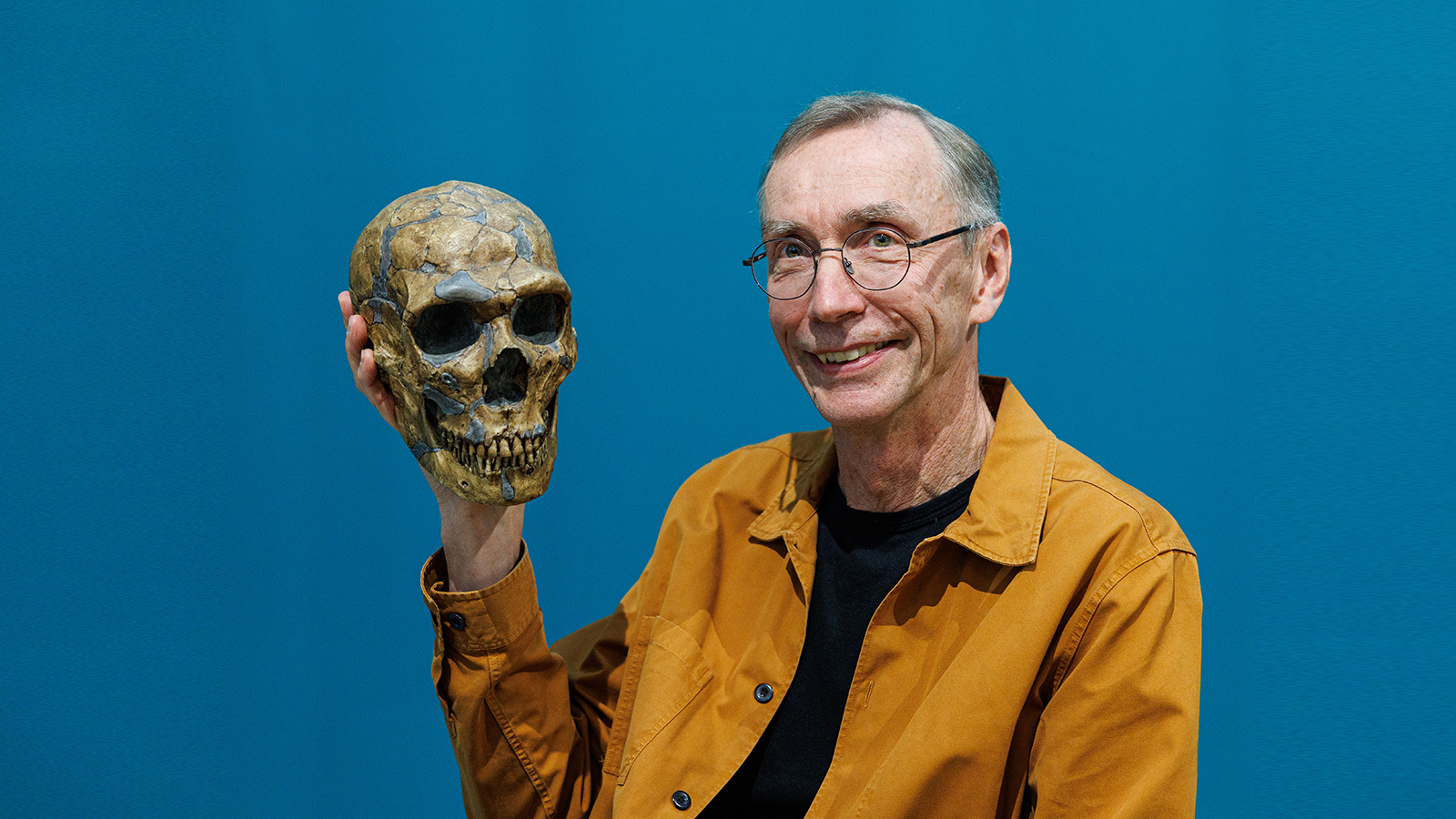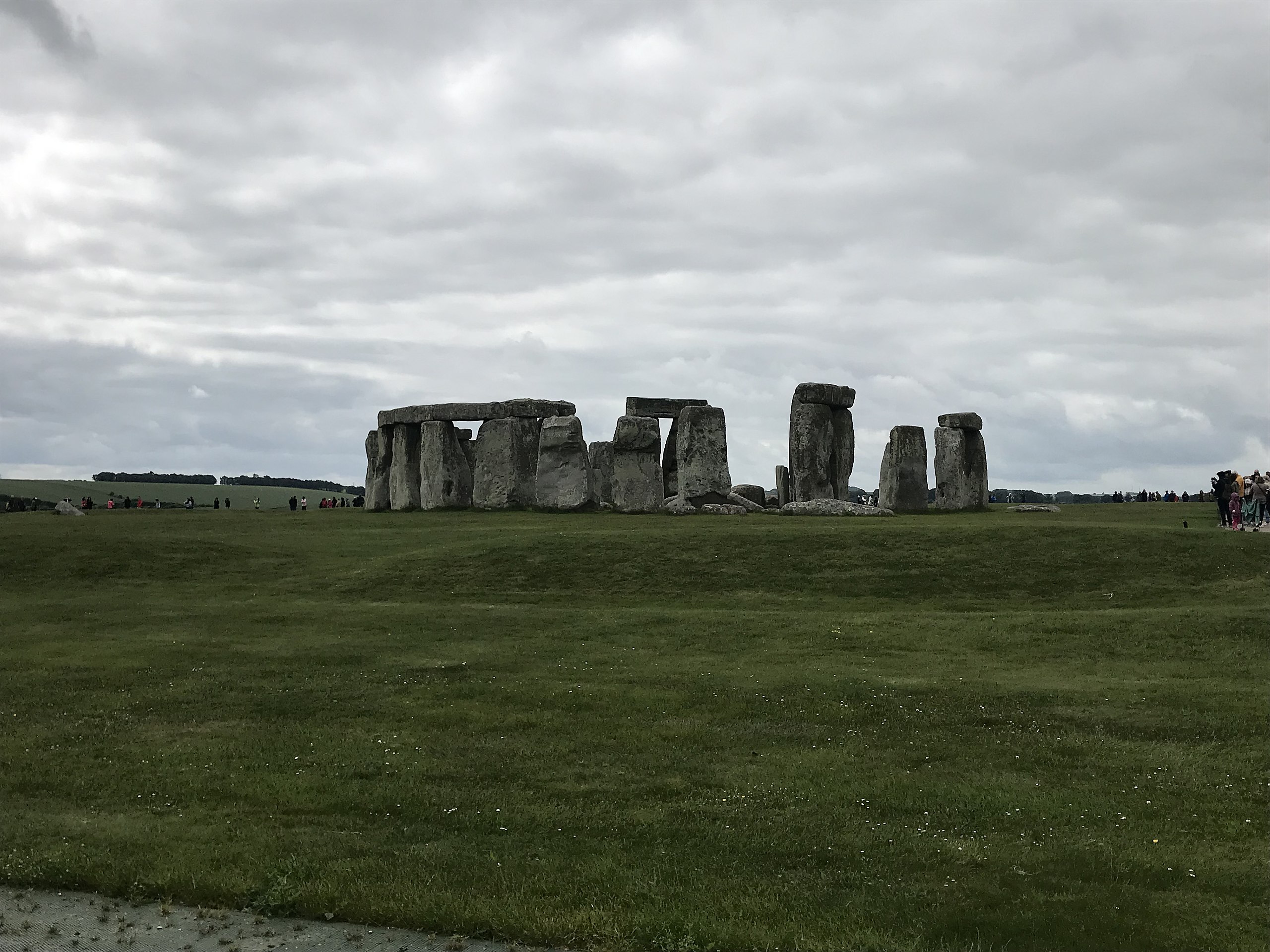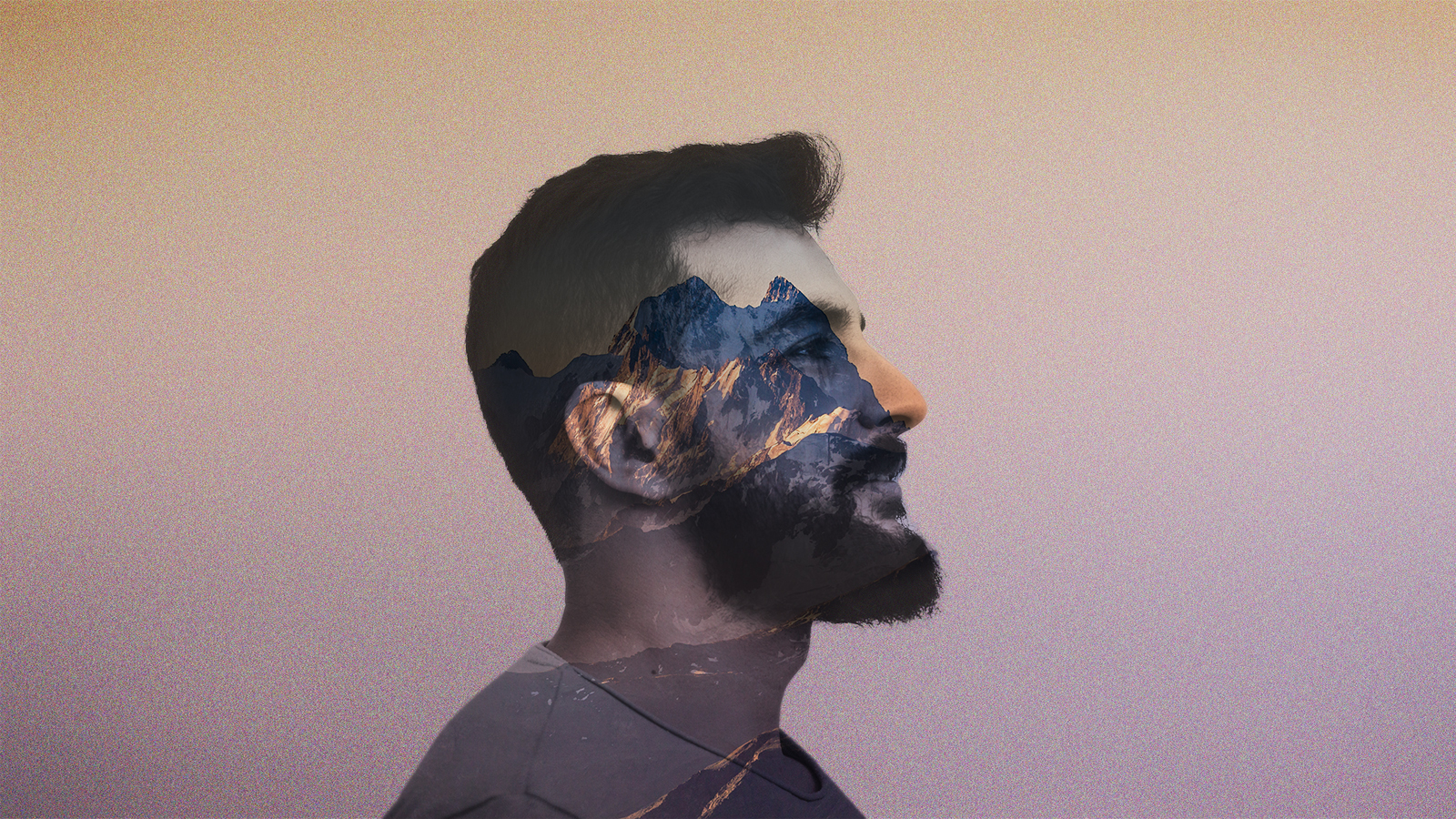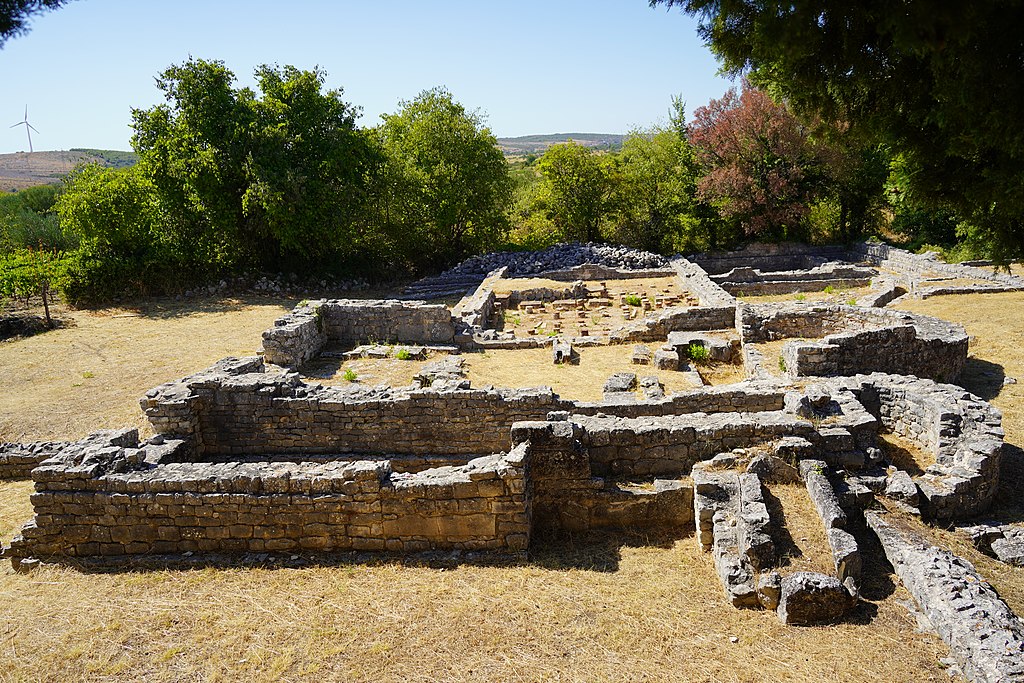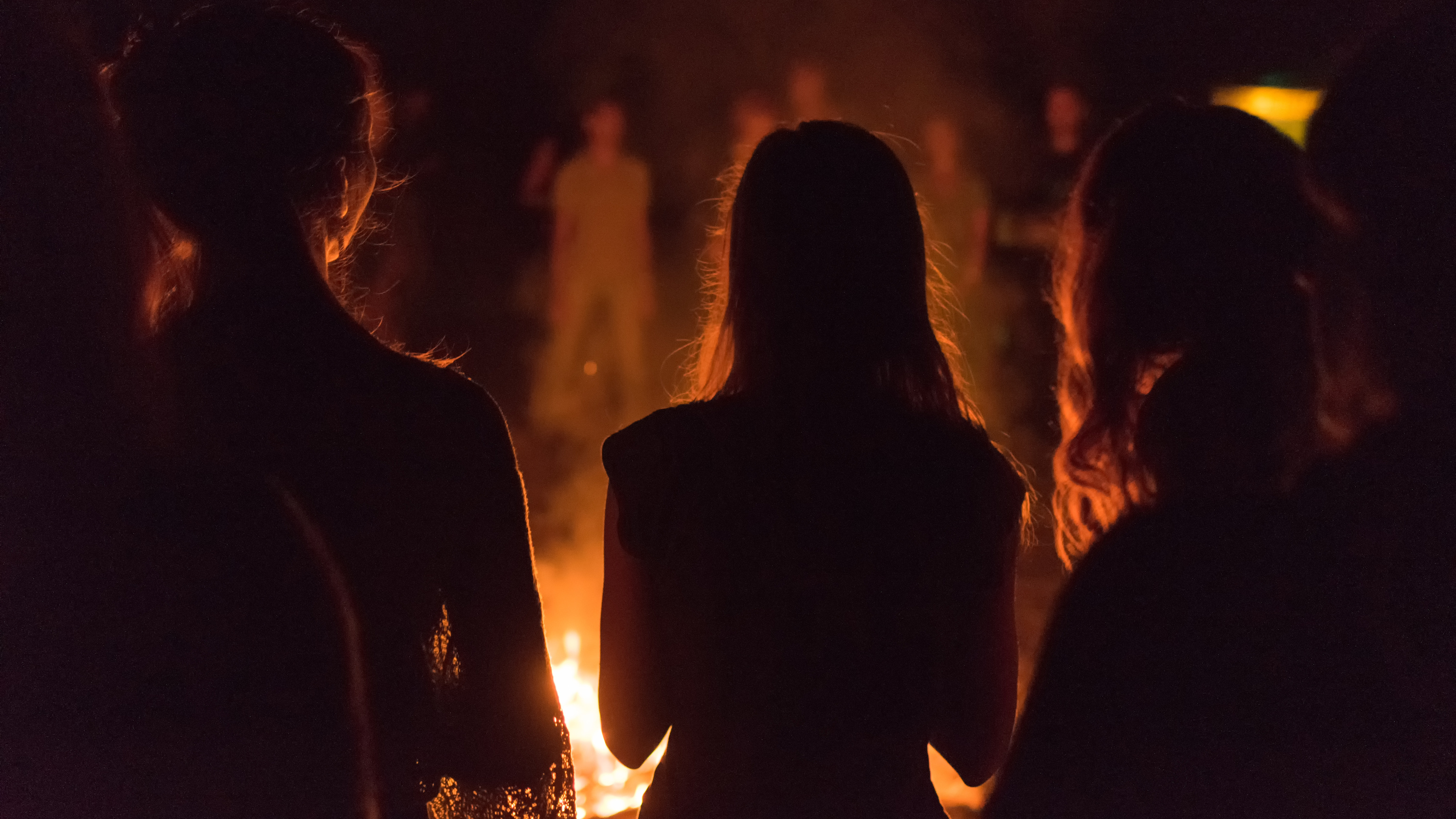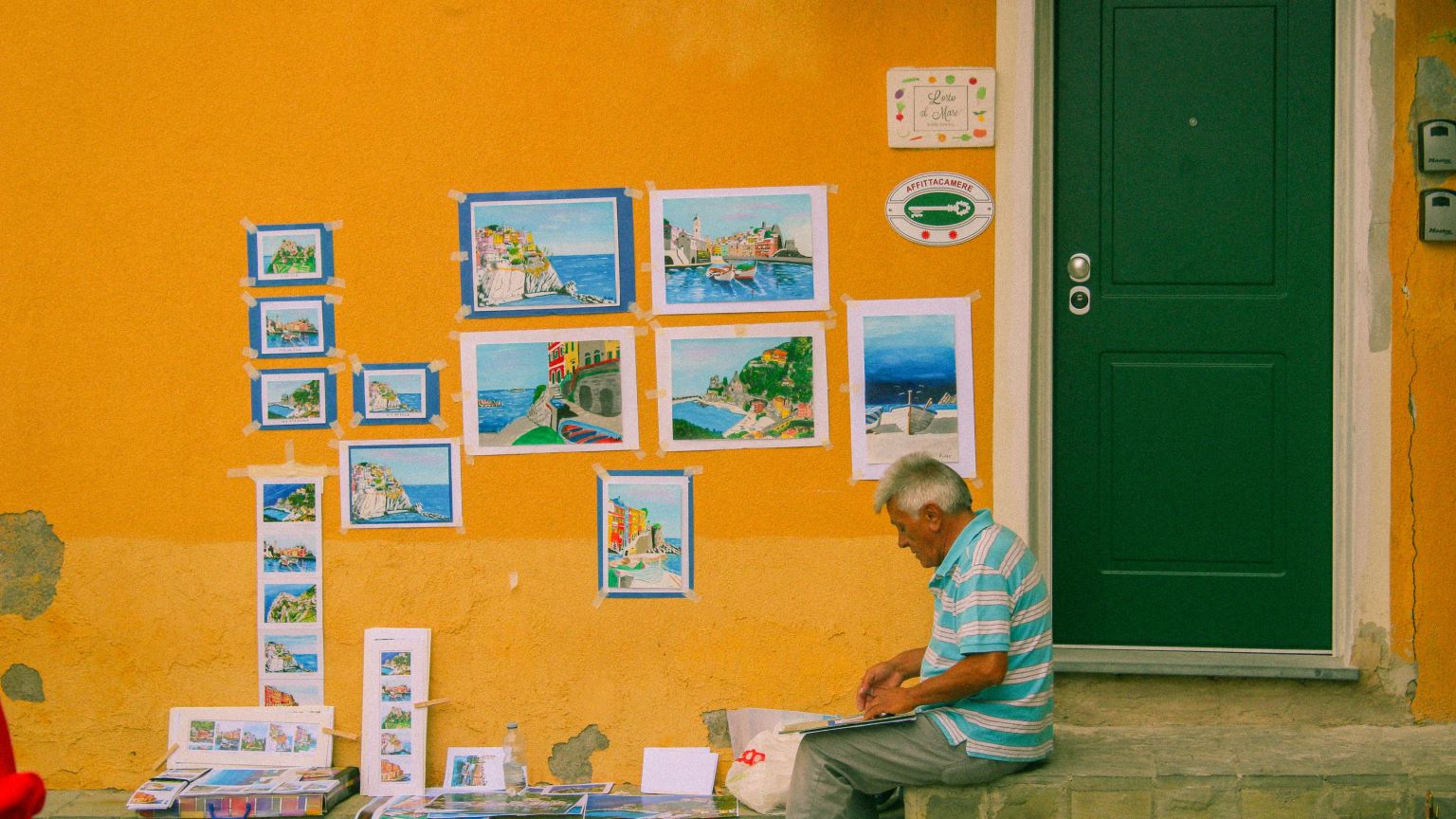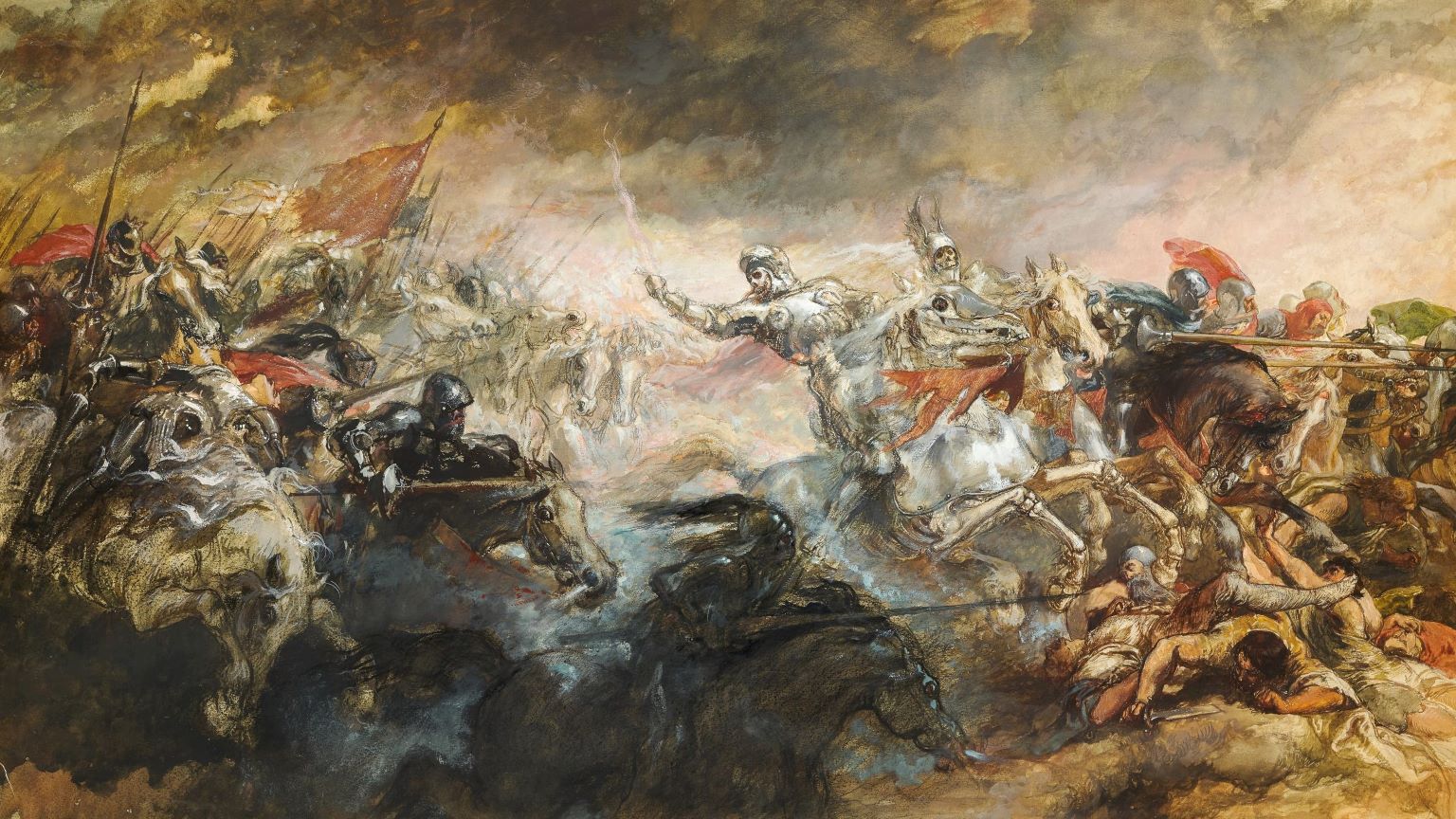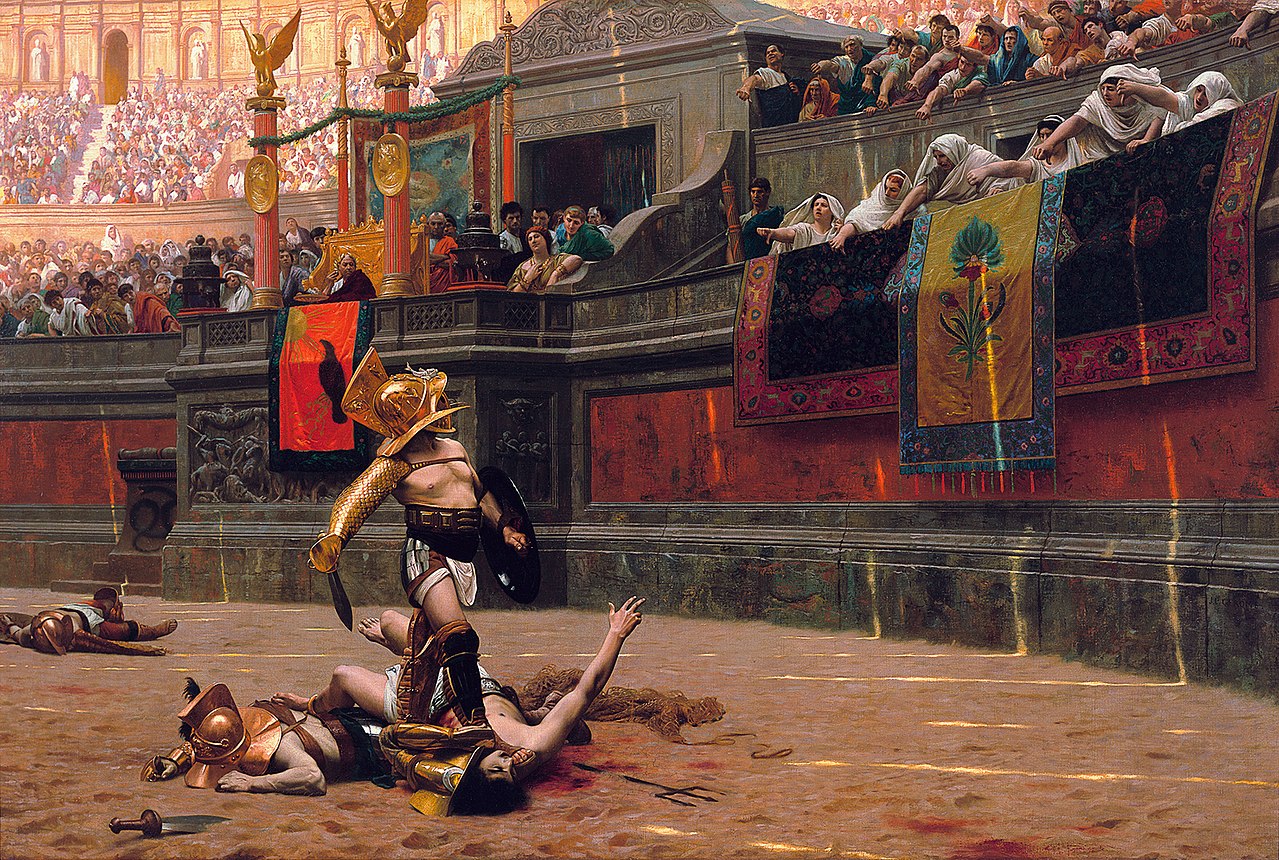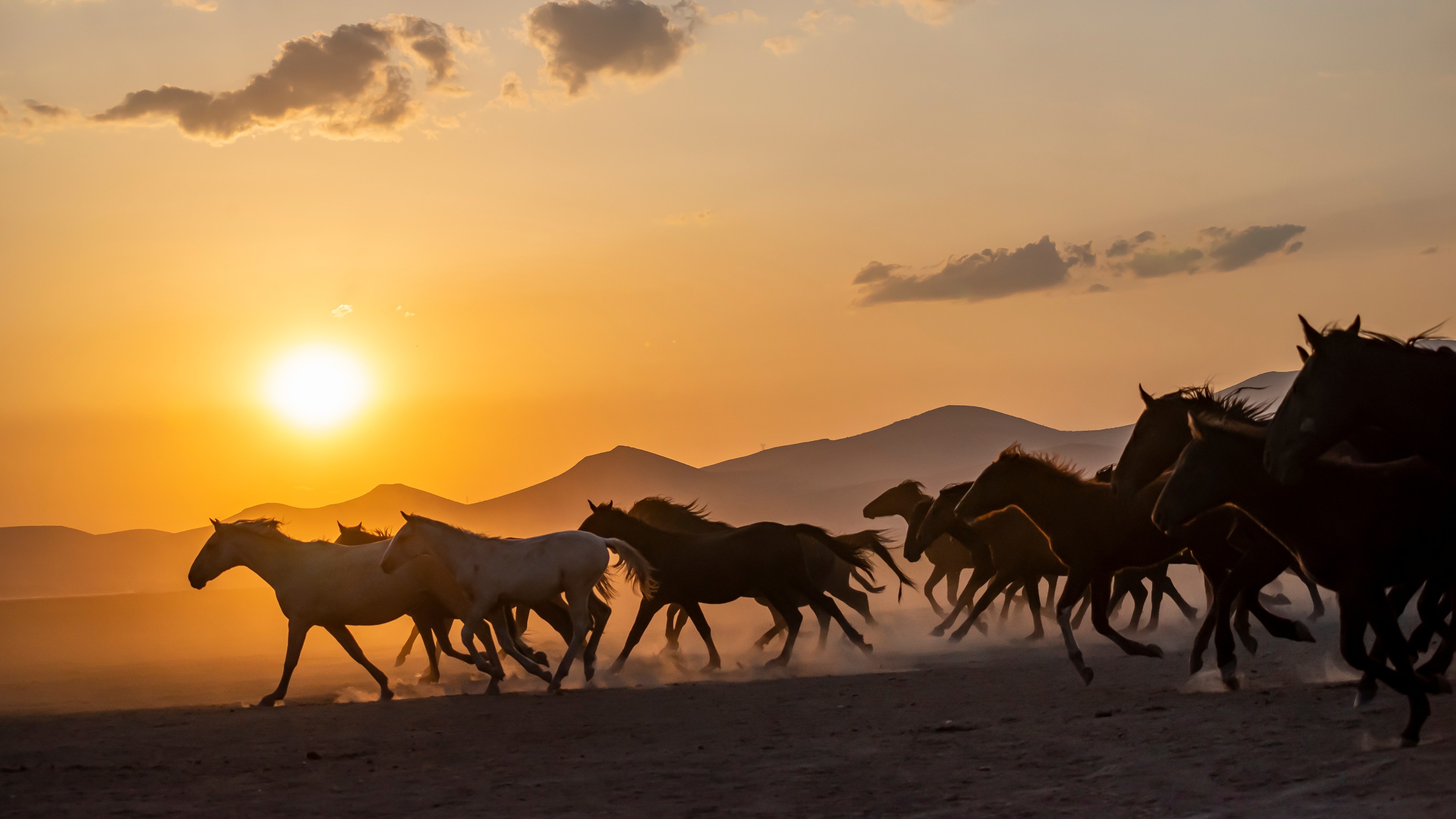archaeology
To protect yourself, you need an antifungal rather than an amulet.
Nearly 2000 years ago, Mt. Vesuvius erupted, burying Pompeii but incinerating Herculaneum. The most lethal volcanic phenomenon is at fault.
It wasn’t merely an act of brutality; it was a condemnation for the afterlife.
Zombies aren’t a modern-day obsession. Throughout history, fear of the undead led to bizarre burial rituals all over the world.
The cathedral is being explored as never before.
Brian C. Muraresku, New York Times best-selling author of “The Immortality Key,” unpacks ancient evidence for the widespread ritual use of psychoactive plants.
A non-invasive method for looking inside structures is solving mysteries about the ancient pyramid.
A wide-scale examination of early Neolithic human skeletons reveals the violent history of a supposedly peaceful period.
X marks the spot. The Dutch town of Ommeren has been swamped by detectorists armed with shovels looking for $20-million treasure.
Some objects were softer than others.
Ancient bones reveal that domesticated felines were at home in Pre-Neolithic Poland around 8,000 years ago.
If tourism is the lifeblood of the Peruvian economy, then Machu Picchu is the heart pumping that blood — in sickness and in health.
The amazing life of “Gudrid the Far-Traveled” was unjustly overshadowed by her in-laws, Erik the Red and Leif Erikson.
These were the stories you clicked on the most.
A new study says the reason cave paintings are in such remote caverns was the artists’ search for transcendence.
With almost every shovel of sand shifted in Egypt, another artifact comes to light.
Instead of worshipping Yahweh, the devotees were perhaps dedicated to Mars and Jupiter.
We got lucky with our evolutionary history.
There were many other species of human on the planet. Svante Pääbo discovered one of them.
“Spanish Stonehenge” contains 526 giant stones, three circular burial sites, a quarry, and four necropolises.
Advances in ancient DNA analysis gave researchers a new way to trace the movements of peoples across Eurasia.
From Ramses II to Alexander the Great, these leaders helped shaped the world we know today.
The “first-of-its-kind” archeological find is being reburied despite the fact that researchers haven’t finished studying it.
Many people lived long enough to grow old in the olden days, too.
Bloodcurdling war cries, shrieking elephants, and whistling arrows all made soldiers flee in terror.
More than mindless bloodshed, the gladiatorial games were organized sports. Gladiators were treated as world-class athletes, receiving superior diets and medical care.
Horses pranced around the western hemisphere until they went extinct in the late Holocene. They were reintroduced by European colonists — though where, when, and how has remained unclear.

